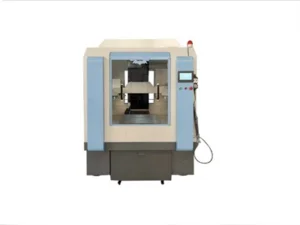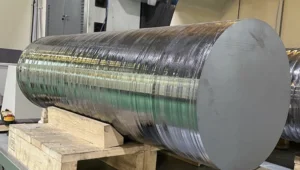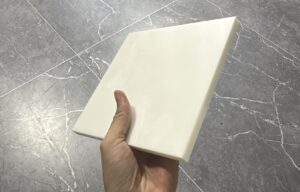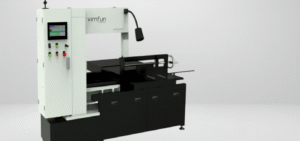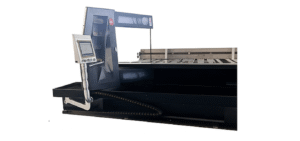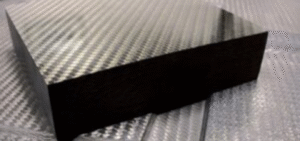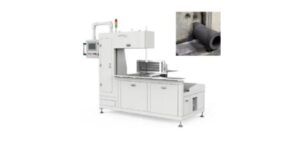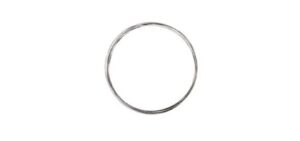Table of Contents
Introduction-Reciprocating and Circular Diamond Wire Saw
The domains of precision cutting and material processing have witnessed a transformative evolution with the advent of cutting-edge technologies such as the reciprocating and circular diamond wire saw. These cutting methods have revolutionized industries spanning electronics, manufacturing, and construction.
This article aims to provide an in-depth analysis of the advantages and disadvantages inherent in these two techniques: the reciprocating and circular diamond wire saw.
Reciprocating Wire Saw Structure
The reciprocating wire saw structure involves the oscillating movement of the cutting wire, creating a sawing action that has been widely adopted across various industries. This method offers a plethora of advantages:
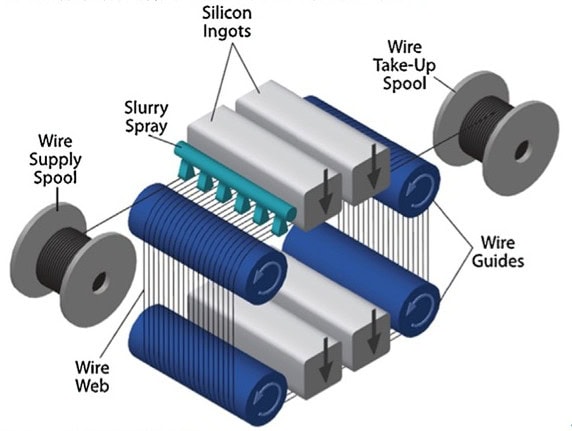
Advantages
1.Precision Cutting: The reciprocating motion facilitates intricate and precise cuts, rendering it particularly suitable for applications demanding high levels of accuracy, such as semiconductor fabrication and crafting intricate jewelry.
2. Versatility: The controlled cutting action of this technique allows for a diverse range of materials to be processed, including fragile substances like crystals and brittle ceramics.
3. Minimal Material Waste: The precision cuts achieved through this method result in reduced material wastage, contributing to environmental sustainability and cost-effectiveness.
Disadvantages
1. Reduced Cutting Speed: The oscillating motion limits cutting speed when compared to other techniques, potentially impacting overall productivity, particularly for larger-scale projects.
2. Complex Workpiece Fixturing: Certain materials might necessitate intricate fixturing to prevent movement during the cutting process, which could extend the overall processing time.
3. Maintenance Challenges: The intricate mechanisms of circular diamond wire saws can pose challenges for maintenance and repairs, potentially leading to longer periods of downtime.
4. Complex Maintenance: The intricate mechanism of reciprocating diamond wire saws can pose challenges in terms of maintenance and repairs, potentially leading to extended periods of downtime.
Circular Diamond Wire Saw
Conversely, the circular diamond wire saw employs a continuous loop of diamond-coated wire for precision cutting. This method has garnered attention due to its unique set of advantages:
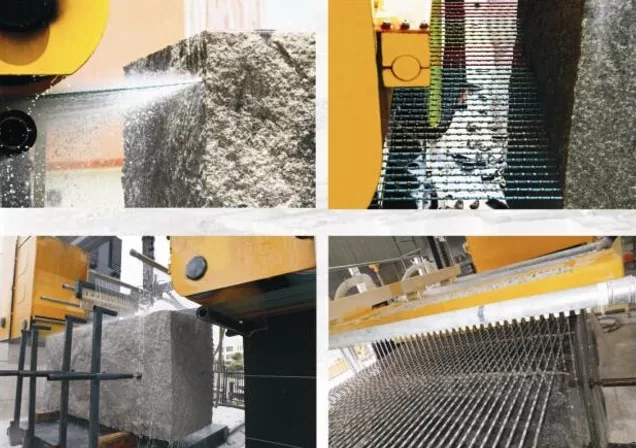
Advantages
1. Enhanced Cutting Speed: The seamless, continuous cutting action characteristic of the circular diamond wire saw results in significantly higher cutting speeds, boosting efficiency and throughput for large-scale projects.
2. Reduced Kerf Loss: The utilization of a thin diamond wire minimizes kerf loss, leading to less material wastage and consequential cost savings.
3. Ideal for Brittle Materials: This method is particularly well-suited for cutting brittle materials like glass and silicon wafers, as it generates minimal stress during the cutting process.
4. Automation Potential: Circular diamond wire saws can often be automated, reducing the need for constant manual supervision and improving operational efficiency.
5. Maintenance Convenience: The relatively straightforward design of the circular wire saw structure translates into uncomplicated maintenance and repairs, thus mitigating operational downtime.
Disadvantages
1. Precision Limitations: While suitable for a wide range of applications, the continuous cutting action may not achieve the same level of precision as the reciprocating wire saw structure, making it less suitable for intricate tasks.
Conclusion-Reciprocating and Circular Diamond Wire Saw
The circular diamond wire saw has more obvious advantages than the diamond wire cutting machine with reciprocating wire structure, but the premise is that the hardness of the cutting material is not high and the size is not large.
In conclusion, both the the reciprocating and circular diamond wire saw offer distinct sets of advantages and disadvantages. The choice between these methodologies hinges on specific project requirements, including material properties, desired precision levels, and required cutting speeds. Industries must conduct thorough evaluations of these factors to determine the most appropriate cutting method for their unique applications.
As technology continues to evolve, it is likely that further refinements in these techniques will address some of the current limitations, expanding their usability across a wider array of industries.

